Technical Description of Diversion Holes Slab Gate Valve
A slab gate valve with diversion holes (also called a bypass or equalizing valve) is designed for high-pressure applications, particularly in oil & gas pipelines, where pressure equalization is required before opening the valve fully.
Key Features:
Type: Slab Gate Valve (through-conduit design).
Diversion Holes (Bypass Holes):
Small holes drilled in the gate to allow partial flow for pressure equalization.
Prevents high differential pressure from damaging the valve or requiring excessive operating torque.
Sealing Mechanism:
Metal-to-metal or resilient seated.
Double-sealing design (upstream & downstream).
Operation:
Yes/No Functionality: The valve can either fully open/close or use diversion holes for controlled flow.
Actuation: Manual (handwheel, gear) or automated (electric, pneumatic, hydraulic).
Materials:
Body: Carbon steel, stainless steel, or alloy (e.g., API 6A/6D standards).
Gate: Hardened steel or corrosion-resistant coating.
Seats: Stainless steel, PTFE, or elastomeric materials.
Pressure & Temperature Ratings:
ANSI/ASME Class 150 to 2500 (or API 10,000 psi).
Temperature range: -50°F to 650°F (-46°C to 343°C), depending on materials.
End Connections:
Flanged (ANSI/ASME B16.5, B16.47).
Butt-weld (for high-integrity pipelines).
Socket weld or threaded (smaller sizes).
Standards Compliance:
API 6D / API 6A (for pipeline/wellhead).
ISO 14313 / ASME B16.34.
Fire-safe design (API 607/6FA).

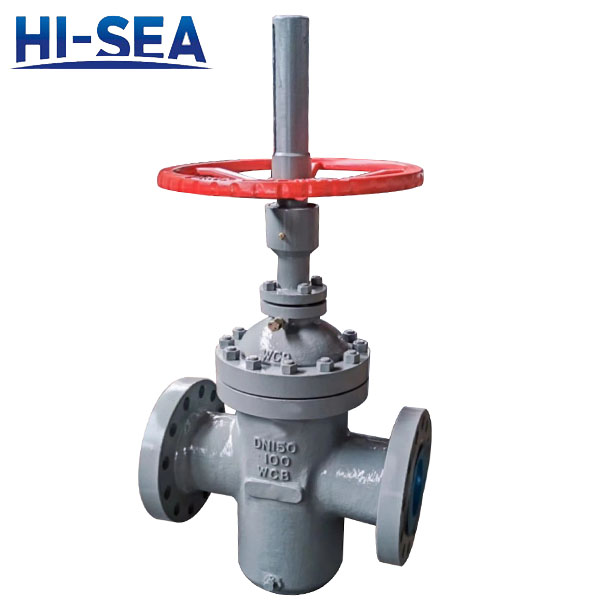

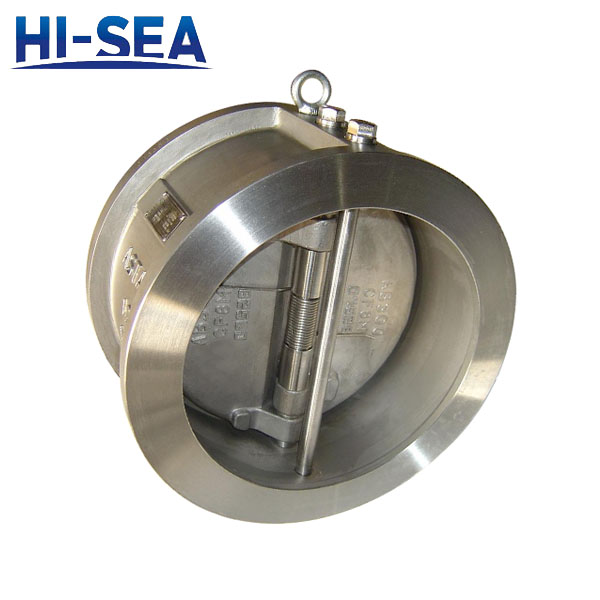
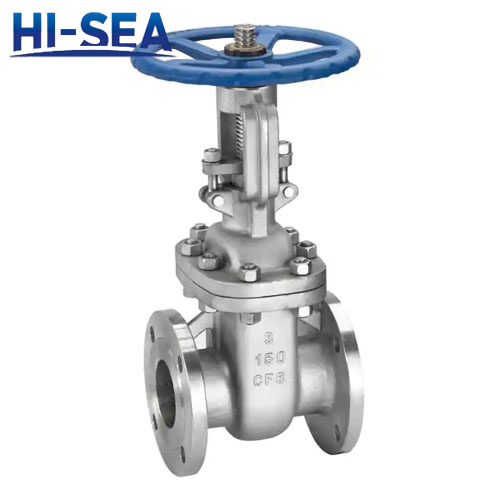
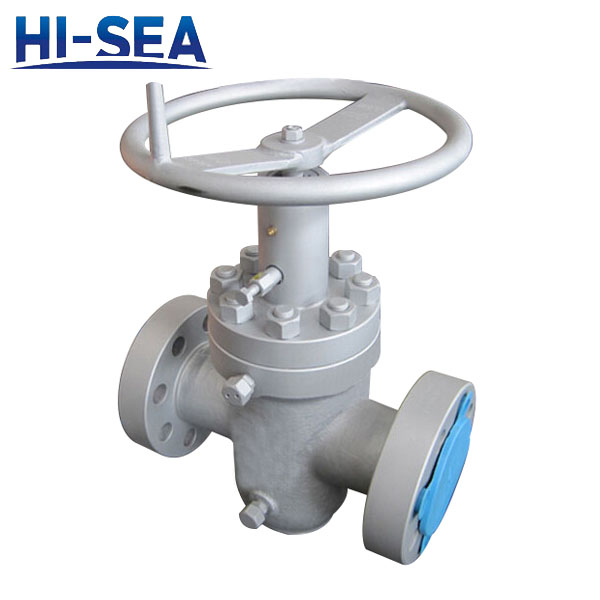
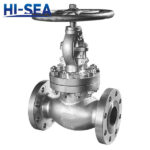 Main Material of API Valve
Main Material of API Valve What is the difference between a rising stem gate valve and a non rising stem gate valve?
What is the difference between a rising stem gate valve and a non rising stem gate valve?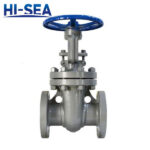 API Valve Fire Test
API Valve Fire Test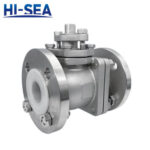 What is the difference between PTFE and RPTFE?
What is the difference between PTFE and RPTFE?